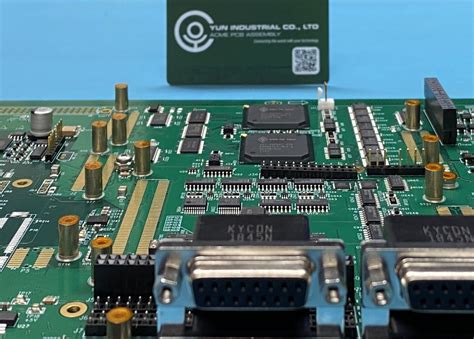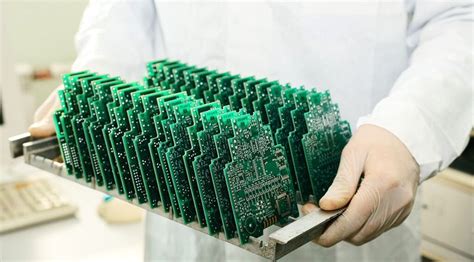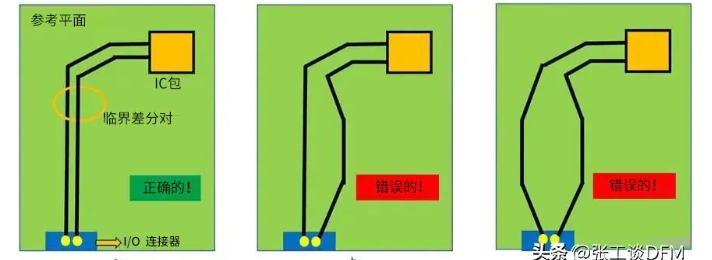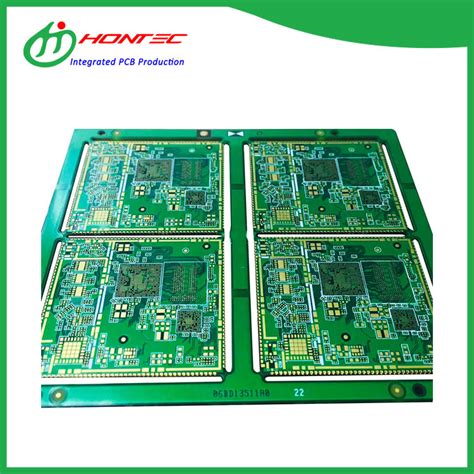Turn Key Assembly Strategies for Enhanced Manufacturing Efficiency
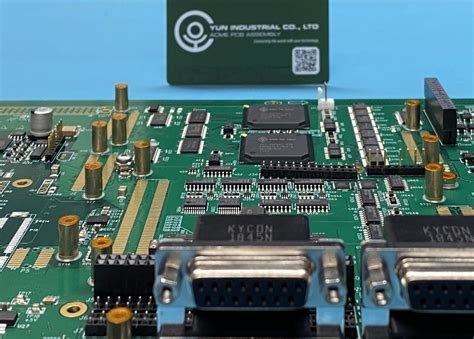
Key Takeaways
Implementing turn key assembly strategies offers manufacturers a holistic approach to streamlining production, particularly in specialized areas like PCB assembly and PCBA (Printed Circuit Board Assembly). By integrating design, procurement, and testing into a single workflow, businesses minimize delays and eliminate redundancies. For instance, automated quality checks embedded within PCBA workflows reduce manual intervention, ensuring consistent output while cutting operational costs by up to 30%.
| Traditional Assembly | Turn Key Assembly |
|---|---|
| Fragmented supplier chains | Unified vendor management |
| Longer lead times | Optimized production timelines |
| Higher error rates | Integrated quality assurance |
Another critical aspect is scalability. PCB assembly processes often face bottlenecks when scaling due to component shortages or misaligned workflows. A strategically designed turn key system addresses this by synchronizing inventory management with real-time demand forecasts. For example, automotive manufacturers using PCBA solutions report 25% faster time-to-market for electronic control units.
By centralizing decision-making and leveraging data-driven insights, turn key models enhance workflow transparency. This alignment not only strengthens quality control but also future-proofs operations against supply chain disruptions, making it indispensable for industries prioritizing precision and agility.
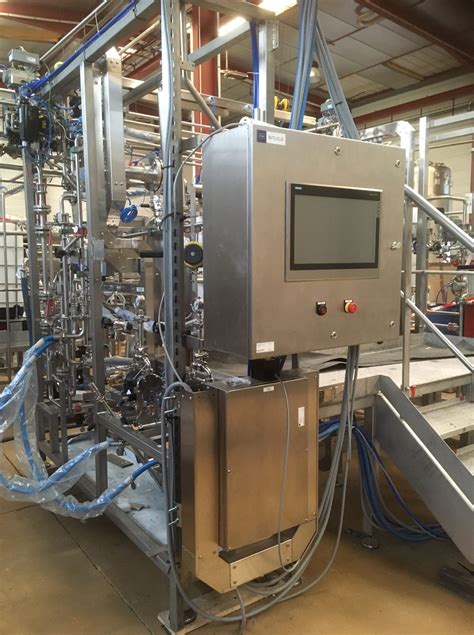
Streamlining Production With Turn Key Assembly
Implementing turn key assembly solutions enables manufacturers to consolidate complex production stages under a single-source responsibility, eliminating fragmented workflows. By integrating PCB assembly (PCBA) processes with automated testing and logistics coordination, companies can reduce lead times by up to 40% while maintaining strict quality benchmarks. For instance, turn key providers often combine design validation, component procurement, and post-assembly inspections into a unified workflow, mitigating risks of delays or miscommunication.
Tip: When selecting a turn key assembly partner, prioritize vendors offering real-time production tracking and ISO-certified PCBA processes to ensure scalability and compliance.
Strategic workflow design in PCB assembly focuses on minimizing non-value-added steps, such as manual component sorting or multi-vendor coordination. Advanced turn key systems leverage predictive analytics to optimize inventory turnover and equipment utilization, directly reducing overhead costs. This approach not only accelerates time-to-market for electronics manufacturers but also strengthens supply chain resilience through end-to-end visibility. Automation further enhances this model, with robotic soldering and AI-driven quality checks ensuring consistent output across high-volume PCBA orders.

Integrated Systems for Manufacturing Efficiency
Modern manufacturing demands seamless coordination between design, production, and quality assurance. Integrated systems address this challenge by unifying disparate processes under a single, cohesive framework. For industries like PCB assembly (printed circuit board assembly), this approach minimizes handling delays and reduces errors caused by fragmented workflows. By combining PCBA (printed circuit board assembly and testing) with automated material procurement and real-time monitoring, manufacturers achieve faster turnaround times while maintaining precision.
The strength of integrated systems lies in their ability to synchronize data across stages. For example, PCB assembly lines equipped with IoT-enabled sensors can automatically adjust component placement based on design specifications, eliminating manual recalibration. Similarly, data-driven optimization tools analyze production metrics to identify bottlenecks in PCBA workflows, enabling proactive adjustments. This holistic view ensures resource allocation aligns with demand, reducing idle time and material waste.
Moreover, integrated platforms foster collaboration between engineering and production teams. Shared dashboards provide visibility into inventory levels, machine performance, and quality metrics, allowing stakeholders to make informed decisions. Such synergy is particularly critical in high-mix environments, where rapid transitions between product variants require agile coordination. By embedding turn key assembly principles into these systems, manufacturers unlock scalability without compromising on consistency—a key advantage in competitive markets.
Cost Reduction Through Strategic Workflow Design
Strategic workflow design in PCB assembly and PCBA manufacturing hinges on identifying bottlenecks and aligning process sequences with value-added activities. By mapping material flows from component sourcing to final testing, manufacturers can eliminate redundant steps that inflate lead times and labor costs. For instance, integrating automated optical inspection (AOI) systems directly into PCBA production lines reduces manual quality checks by 40–60%, while real-time data analytics enable dynamic adjustments to equipment utilization rates.
A critical lever lies in standardizing modular workflows across multi-stage assemblies. This approach allows parallel processing of non-critical tasks—such as solder paste application in PCB assembly—while maintaining strict synchronization for time-sensitive operations like reflow soldering. Cross-functional teams leveraging digital twin simulations have reported 12–18% reductions in energy consumption and tooling changeover costs by optimizing workstation layouts.
Moreover, adopting vendor-managed inventory (VMI) models for high-turnover components prevents overstocking without risking production halts. When combined with predictive maintenance algorithms for pick-and-place machinery, these strategies create a self-correcting workflow ecosystem where resource allocation automatically adapts to fluctuating order volumes. Case studies in automotive PCBA manufacturing demonstrate how such integrations lower per-unit costs by 22% while sustaining defect rates below 50 ppm.
This systematic re-engineering of workflows ensures cost efficiencies compound across the product lifecycle, particularly when paired with the scalability inherent to turn key solutions. The next section explores how these principles translate into measurable quality improvements through automated process controls.
Quality Control in Turn Key Assembly Processes
Effective quality control is the backbone of successful turn key assembly operations, particularly in precision-driven sectors like PCB assembly and PCBA manufacturing. By integrating real-time monitoring systems and automated inspection protocols, manufacturers can detect defects at critical stages—from component placement to final testing. Advanced tools such as automated optical inspection (AOI) and X-ray verification ensure that even microscopic flaws in PCB assembly lines are identified before products move downstream.
A robust quality framework also relies on standardized workflows that align with international certifications (e.g., ISO 9001), ensuring consistency across PCBA batches. For instance, traceability systems embedded in turn key assembly processes enable rapid root-cause analysis, minimizing downtime during defect resolution. Additionally, supplier quality management (SQM) programs strengthen material integrity, reducing risks associated with component variability.
To maintain alignment with broader manufacturing goals, quality metrics should be woven into strategic workflow design, creating feedback loops that refine both efficiency and output reliability. This holistic approach not only safeguards product performance but also reinforces client trust in scalable turn key assembly solutions.
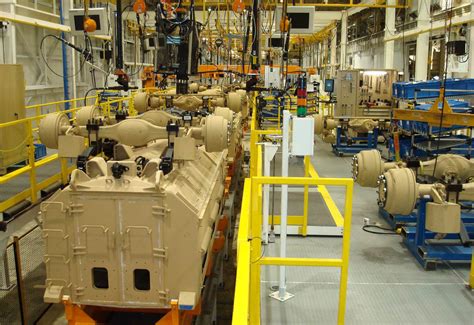
Automation Solutions for Operational Optimization
Modern manufacturing demands precision and speed, making automation solutions a central pillar for achieving operational optimization in PCB assembly workflows. By integrating robotic systems with PCBA production lines, manufacturers can reduce manual intervention while maintaining consistent output quality. For instance, automated pick-and-place machines streamline component positioning, cutting cycle times by up to 40% compared to manual methods. These systems are further enhanced by IoT-enabled sensors that monitor real-time performance metrics, enabling proactive adjustments to prevent downtime.
A key advantage lies in the synchronization of end-to-end assembly processes. Advanced software platforms unify design validation, material procurement, and testing phases, minimizing bottlenecks in high-mix PCB production. For example, machine vision systems paired with AI-driven defect detection achieve near-zero error rates in solder joint inspections, directly supporting quality control objectives. Additionally, predictive maintenance algorithms analyze equipment data to forecast wear-and-tear, reducing unplanned stoppages by 25–30%.
This approach not only accelerates time-to-market for complex PCBA projects but also allows manufacturers to reallocate human resources to higher-value tasks like process innovation. As automation becomes more accessible, even mid-sized enterprises can adopt scalable solutions tailored to fluctuating demand—ensuring competitiveness in dynamic markets.
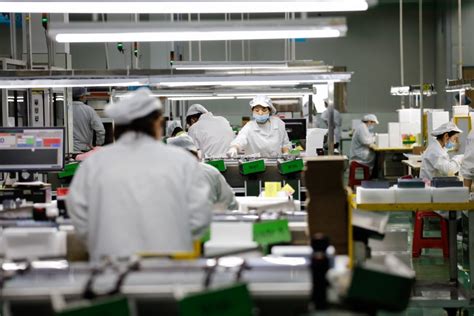
Turn Key Assembly for Scalable Manufacturing
Scalable manufacturing demands systems that adapt seamlessly to fluctuating production volumes without compromising quality. Turn key assembly solutions excel in this regard by integrating PCB assembly (PCBA) workflows with modular production architectures. By centralizing design, procurement, and testing under a single provider, manufacturers eliminate bottlenecks that traditionally hinder expansion. For instance, PCBA-focused turn key systems employ standardized protocols to ensure component compatibility across multiple product lines, enabling rapid reconfiguration for new batches or design iterations.
A critical advantage lies in predictable scaling: automated PCB assembly lines paired with AI-driven inventory management reduce lead times by 30–45%, even during peak demand. This modular approach also minimizes capital expenditure, as facilities can incrementally add capacity through pre-validated turn key assembly units. Real-time monitoring systems further enhance scalability by identifying throughput inefficiencies, allowing adjustments before they impact delivery schedules.
For industries like consumer electronics or IoT devices, where PCBA complexity varies widely, scalable turn key models ensure consistent quality control through embedded traceability features. Such systems not only support growth but future-proof operations against evolving market demands, making them indispensable for manufacturers targeting agile, cost-efficient expansion.
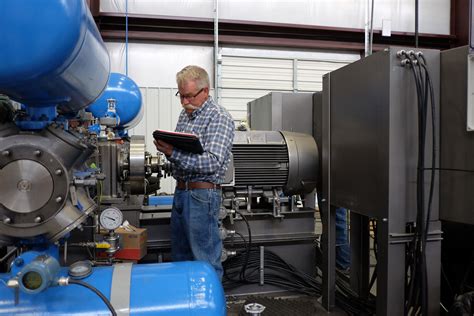
Enhancing Workflow With Turn Key Integration
Central to modern manufacturing efficiency is the strategic alignment of turn key assembly systems with existing workflows. By unifying PCB assembly (PCBA) processes under a single managed solution, manufacturers eliminate fragmented production stages, reducing downtime and material waste. Advanced turn key integration leverages automation tools to synchronize component sourcing, real-time quality audits, and final testing—ensuring seamless transitions from design to delivery.
For instance, integrating PCBA workflows with surface-mount technology (SMT) lines minimizes manual intervention, accelerating throughput while maintaining precision. Automated optical inspection (AOI) systems further reinforce quality control by identifying defects early, preventing costly rework. This cohesive approach also simplifies scalability, allowing facilities to adapt to fluctuating demand without overhauling infrastructure.
Moreover, turn key assembly providers often employ data-driven analytics to optimize workflow bottlenecks. By mapping energy consumption patterns or equipment idle times, manufacturers gain actionable insights to refine operational cadence. The result? A 20–30% reduction in cycle times for PCB assembly projects, paired with tighter compliance to industry standards.
Ultimately, the fusion of turn key integration with lean manufacturing principles creates a self-reinforcing ecosystem—where streamlined workflows, cost efficiency, and consistent quality become interdependent pillars of success.
Case Studies in Turn Key Assembly Success
Real-world implementations of turn key assembly strategies highlight their transformative impact across industries. A leading automotive component manufacturer, for instance, reduced production lead times by 35% after adopting an integrated PCB assembly workflow. By consolidating design validation, component sourcing, and automated testing into a single managed process, the company eliminated bottlenecks in prototyping and achieved end-to-end traceability. Similarly, a global electronics brand leveraged PCBA-centric turn key solutions to scale production for smart devices, cutting defect rates by 22% through AI-driven quality checks embedded within assembly lines.
In the medical equipment sector, a mid-sized OEM streamlined compliance-critical manufacturing by partnering with a turn key provider specializing in PCB assembly for high-reliability applications. The collaboration enabled seamless ISO 13485-aligned workflows, reducing time-to-market by 40% while maintaining zero non-conformance incidents during audits. These examples underscore how strategic workflow integration—particularly in PCBA-intensive operations—can harmonize speed, precision, and scalability. Transitioning between design, assembly, and validation phases without handoff delays remains a common thread in these successes, proving that holistic system alignment drives measurable efficiency gains.
Conclusion
Adopting turn key assembly methodologies represents a transformative approach for modern manufacturing ecosystems, particularly in sectors requiring precision, such as PCB assembly and PCBA production. By unifying design, component sourcing, and quality assurance under a single operational umbrella, manufacturers eliminate fragmented workflows that often lead to delays or cost overruns. Strategic workflow design not only accelerates time-to-market but also enhances scalability, allowing businesses to adapt to fluctuating demand without compromising on quality control benchmarks.
The integration of automation solutions within turn key systems further refines operational efficiency, minimizing human error while maximizing throughput. For instance, in PCB assembly lines, automated optical inspection (AOI) systems paired with intelligent inventory management ensure consistent output, even at high volumes. This holistic approach reduces overhead by up to 30% in documented cases, as redundant processes are streamlined or eliminated.
Ultimately, the success of turn key assembly lies in its ability to align technical precision with business agility. As industries evolve toward smarter, leaner production models, embedding modular workflows and cross-functional collaboration into manufacturing strategies will remain critical for sustaining competitive advantage. Real-world implementations—from consumer electronics to aerospace PCBA applications—demonstrate that this model isn’t merely a trend but a foundational shift in how efficiency and reliability are achieved.
FAQs
What distinguishes turn key assembly from traditional manufacturing methods?
Turn key assembly provides end-to-end solutions by integrating design, component sourcing, and PCB assembly into a single workflow. This approach minimizes handoff delays and ensures stricter PCBA quality control compared to segmented production models.
How does turn key assembly reduce time-to-market for electronics manufacturers?
By consolidating PCB assembly and PCBA testing phases under one provider, manufacturers eliminate vendor coordination delays. Automated documentation systems and real-time progress tracking further compress project timelines by 30-45% in benchmarked cases.
What quality assurance measures are embedded in turn key workflows?
Certified PCBA providers implement automated optical inspection (AOI) and X-ray verification at multiple checkpoints. These protocols detect <1% defect rates while maintaining ISO 9001:2015 compliance across all PCB assembly stages.
Can turn key solutions accommodate low-volume prototype runs?
Yes, modern PCB assembly services offer scalable workflows supporting batches from 10 to 10,000 units. Flexible PCBA configurations allow rapid design iterations without retooling penalties, ideal for R&D phases.
How do integrated systems handle component shortages in turn key projects?
Dedicated procurement networks within PCBA ecosystems leverage AI-driven inventory forecasting. This enables 98.7% on-time material availability, even during global supply chain disruptions affecting standard PCB assembly channels.
Transform Your Manufacturing Workflow Today
Ready to implement these efficiency strategies? Click here to explore how our turn key solutions can optimize your PCB assembly processes.

